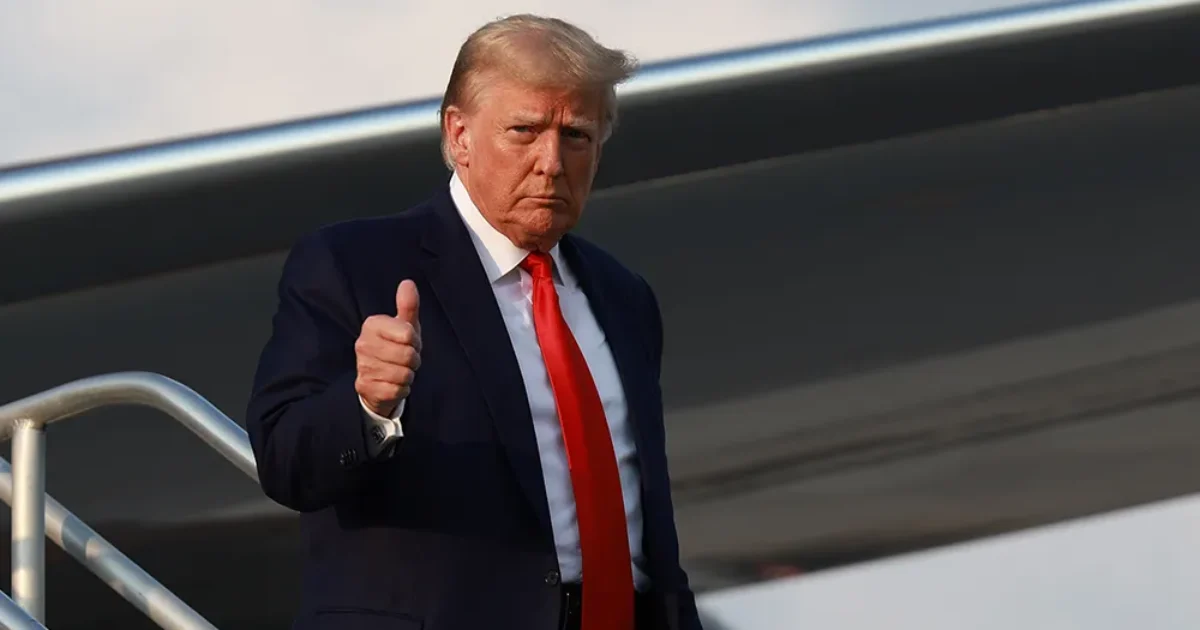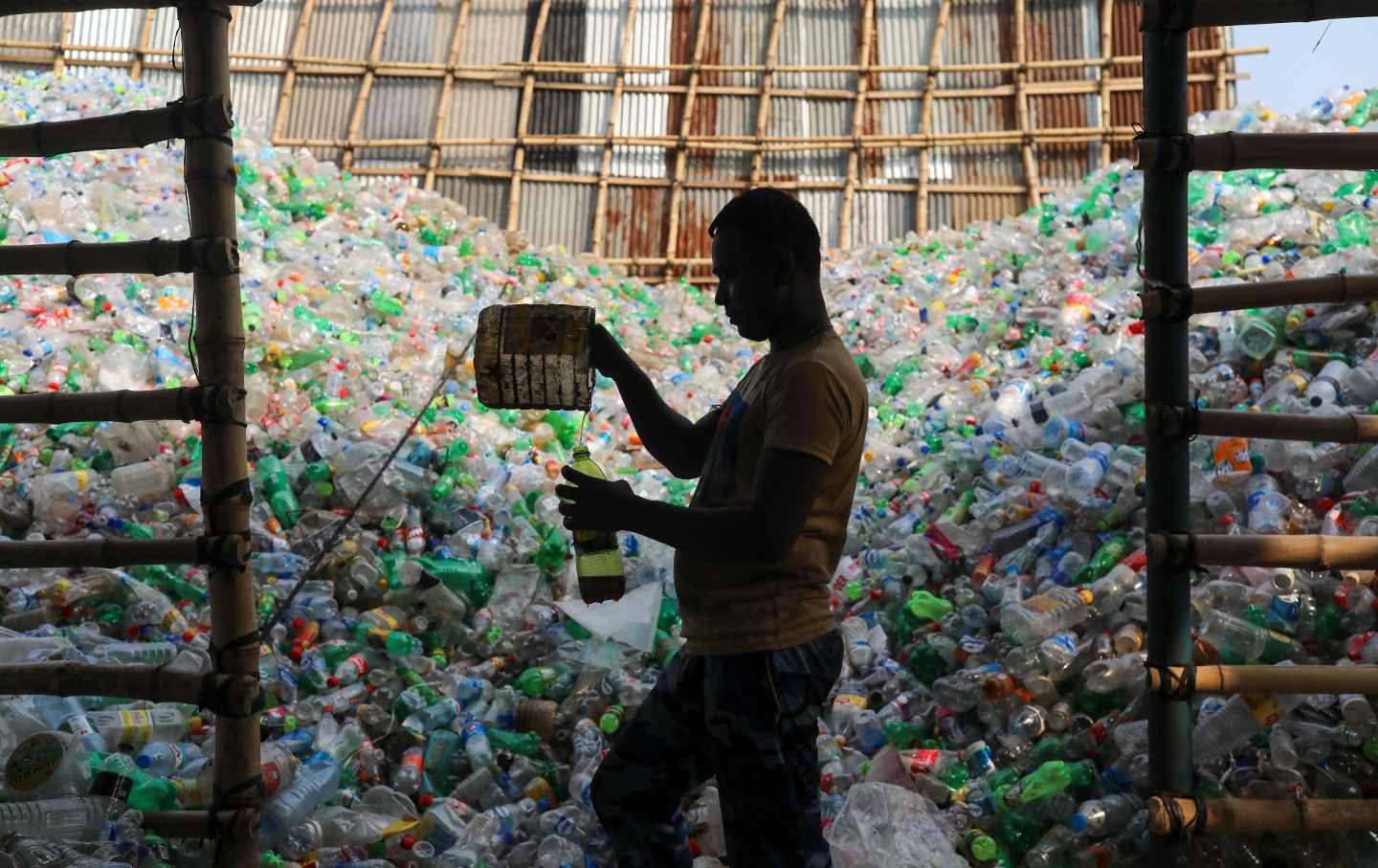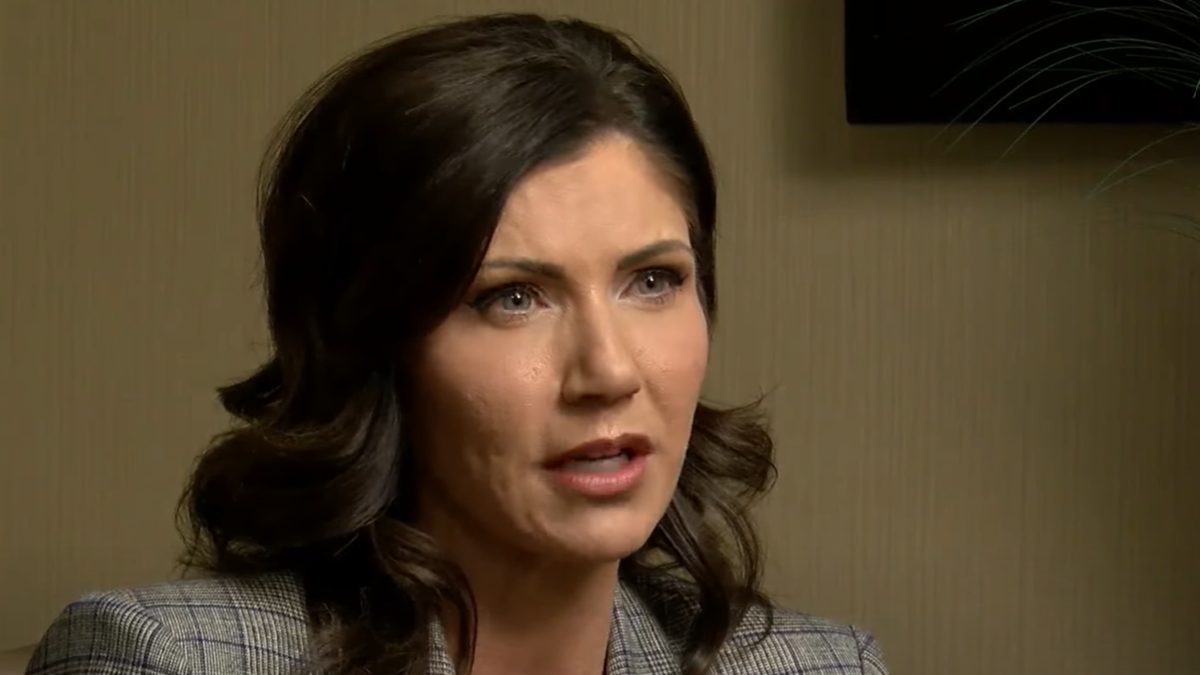[ad_1]
PUBLISHED
February 25, 2024
KARACHI:
As the dust settles on the February 8 general elections, one thing is clear: Imran Khan’s voice, though physically silenced, resonated through the digital sphere, propelling the independent candidates backed by his Pakistan Tehreek-e-Insaf to a surprising lead against all odds.
Attributing this solely to Khan’s charisma would be shortsighted. This victory is a complex tapestry woven from digital dominance, creative campaigning, strategic symbolism, and an anti-establishment narrative that struck a chord with millions, particularly the nation’s Gen Z population.
In a nation where more than 87 million citizens, a staggering 45% of whom are young voters, are plugged into the social mediaverse, platforms like Twitter (Khan: 20.6M, PTI: 10M followers compared to PML-N’s 2.5M and PPP’s 1.1M) and TikTok became Khan’s virtual pulpit. This digital campaign wasn’t a run-of-the-mill meme fest. Sophisticated AI mimicked Khan’s voice, crafting messages that bypassed physical limitations and ignited a digitally-savvy youth yearning for connection and a champion of their causes.
But the story doesn’t end there. PTI’s digital warriors, anticipating potential Internet curbs, meticulously weaved a backup plan. WhatsApp groups buzzed with activity, offline outreach efforts hummed, and dedicated volunteers ensured that even in the remotest corners, the message got through. Their hustle even outshone the reach of the government’s helpline, leaving many citizens marveling at how PTI’s social media team could answer polling station queries while the official line remained frustratingly silent.
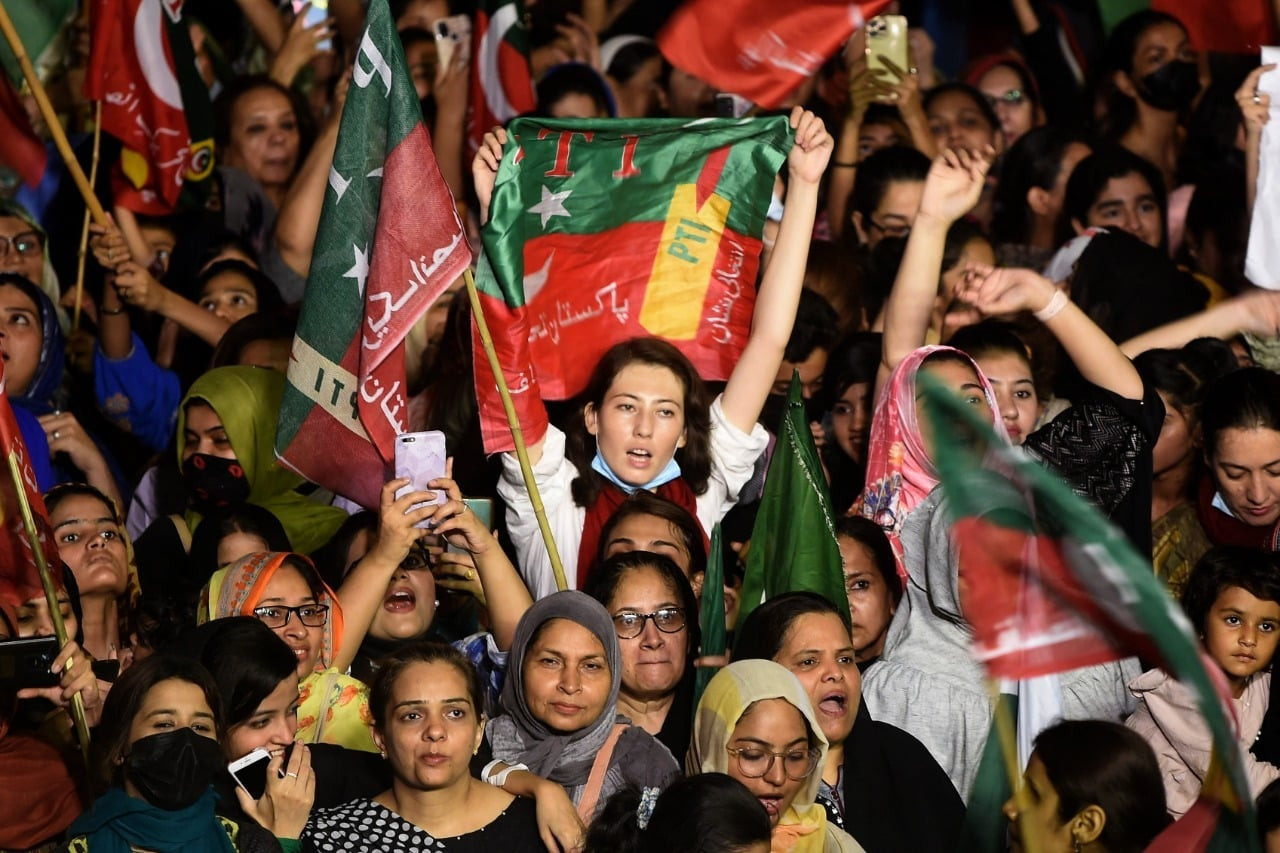
More than likes and shares
PTI’s digital maestros understood that engagement is king. On Facebook and Instagram, vibrant visuals, catchy slogans, and laser-targeted messages resonated with younger voters. Short, snappy reels kept them glued, humorous memes sparked conversations, and live Q&A sessions with party leaders fostered a sense of community. Recognizing the rising power of TikTok, the campaign actively engaged on the platform, leveraging its viral potential to reach new audiences and amplify their message.
Twitter, the ultimate town square of the digital age, became the party’s nerve center. Real-time updates, party announcements, and strategic hashtags like #FreeImranKhan and #NextPMIK galvanized supporters and kept the momentum alive.
This wasn’t just a digital campaign; it was like a revolution, meticulously orchestrated by a team that understood the power of the online world and the aspirations of a generation that had come of age with a smartphone in their hand.
The rest, as they say, is history in the making.

From symbols to hashtags
While Imran Khan’s absence from the physical campaign trail undeniably grabbed headlines, the PTI’s strategic use of symbolism proved equally impactful in the February 8th elections. Deprived of their iconic “bat” symbol, the party displayed remarkable agility, crafting a new visual language that resonated with voters and kept their message alive.
The “bat” symbol, synonymous with Khan’s cricketing career and the party’s image, was denied to the PTI due to technicalities involving intra-party elections. But instead of succumbing to the setback, the campaign embraced adaptation. Alternative visuals like the open hand (symbolising justice) and the Holy Quran (evoking faith and integrity) emerged, each carrying a specific message. These symbols, coupled with slogans like “Insaf Ki Raftar Na Rokayen” (Don’t stop the march of justice), resonated with voters who felt their values aligned with the party’s message.
The campaign masterfully wove emotion into its symbolism. Hashtags like #BehindYouSkipper and #QaidiNumber804 (Prisoner Number 804, referring to Khan’s imprisonment) tapped into a sense of solidarity and defiance among supporters. Verses from the Holy Quran, carefully chosen and displayed, evoked feelings of faith and hope, reminding voters of the party’s commitment to ethical principles.
With an estimated 82 million smartphone users in Pakistan, the PTI’s digital team ensured their identity remained recognizable. Wallpapers, profile pictures, and even ringtones featuring the new symbols and slogans flooded social media and mobile devices, creating a sense of digital community and reinforcing the party’s message even without the traditional “bat.”
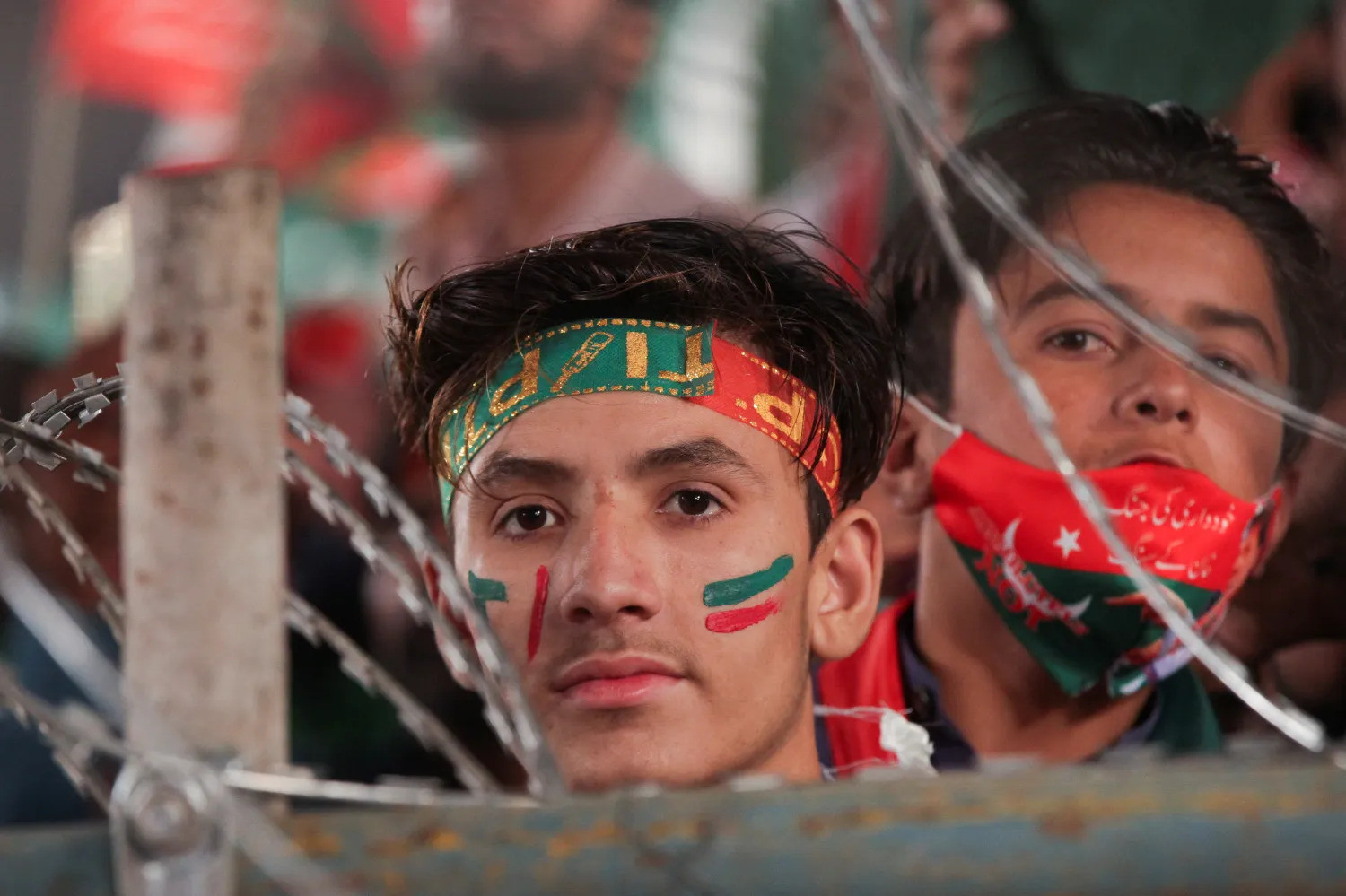
Strategic narrative, born from discontent
It’s crucial to remember that the symbolism wasn’t employed in isolation. It was part of a larger narrative, carefully crafted to tap into voter sentiments. The open hand resonated with those seeking justice, the Quranic verses appealed to the religious majority, and hashtags like #NikloPakistanKiKhatir (Come Out for Pakistan) fueled a sense of national pride. This strategic use of symbolism transcended mere visuals, becoming a powerful tool to connect with voters on an emotional level.
The February 8 elections in Pakistan witnessed a surprising surge in support for PTI-backed independent candidates, a phenomenon largely attributed to the party’s powerful anti-establishment narrative. But to truly understand this phenomenon, we must delve deeper into the history, evolution, and impact of this message, and how it resonated with a divided electorate.
From his early days, Imran Khan’s political journey critiquing elite privilege to his later accusations of foreign interference and manipulation, he consistently positioned himself as an outsider fighting against a corrupt and unaccountable system. This resonated with many segments of Pakistani society, particularly those disillusioned with traditional political parties and yearning for change.
Over the years, especially since his ouster from government in early 2022, the PTI’s anti-establishment narrative evolved, becoming more nuanced and specific. Khan targeted powerful institutions like the military, accusing them of undue influence in politics and hindering democratic progress. His call for a “Riyasat Madinah” (welfare state) resonated with the economically disadvantaged, promising a more equitable society free from elite capture.
It’s crucial to acknowledge that the anti-establishment narrative, however powerful, isn’t universally embraced. Critics argue that it simplifies complex issues, ignores nuance, and can potentially undermine institutional stability.
Khan’s arrest in April 2023 further fueled the anti-establishment sentiment. His supporters saw it as a blatant attempt to silence dissent and crush opposition, solidifying their belief in a rigged system. The party capitalized on this by portraying Khan as a martyr for justice, further galvanizing his base and attracting even those who might not have previously agreed with his ideology.
PTI’s dominance in Khyber Pakhtunkhwa was no surprise. The party’s established infrastructure, coupled with Khan’s personal popularity in the Pashtun heartland and its culture ensured a predictable victory. This win solidifies the PTI’s regional base and provides a foundation for future negotiations with Khan’s party as a potent political player.
The PTI’s gains in Punjab, particularly urban centers despite all the alleged manipulations paint a more intriguing picture. This suggests a broader appeal beyond their traditional Pashtun support base. However, pockets of rural resistance, particularly from PML-N strongholds, highlight the complex social and political dynamics at play.
A recent Gallup Pakistan poll revealing that 61% of Pakistanis have a positive opinion about Imran Khan underscores the party’s enduring popularity. This, coupled with the anti-establishment narrative resonating with many voters, particularly the youth, presents the PTI with a powerful bargaining chip for the party with powers that be.
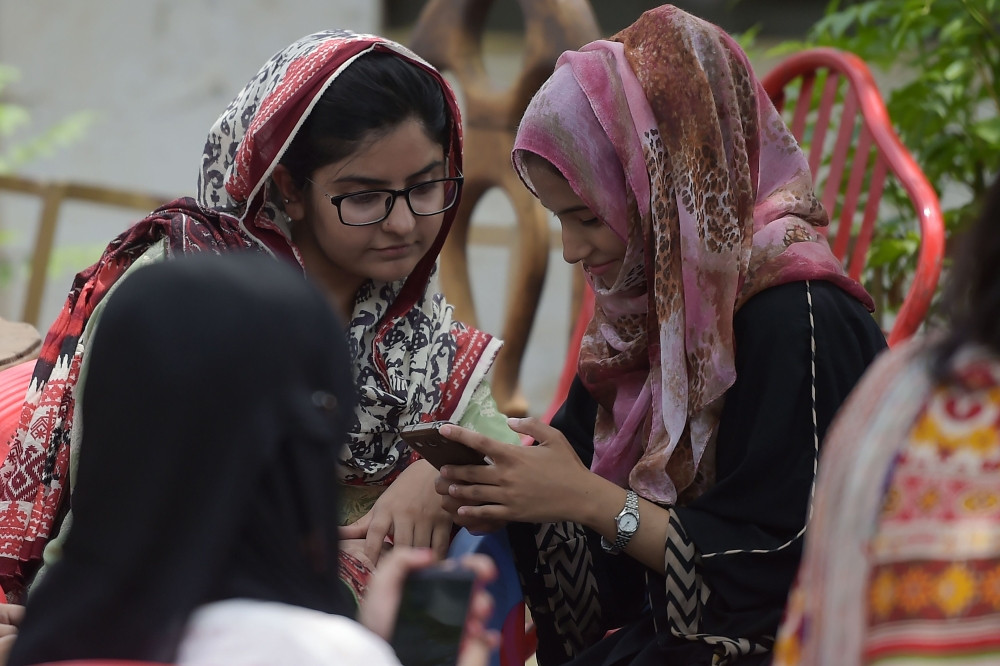
The February 8 verdict
The success of PTI-backed candidates in the recent elections highlights the enduring appeal of the anti-establishment narrative. However, attributing their victory solely to this message would be an oversimplification. Economic concerns, Khan’s personal popularity, and very poor performance of PDM’s 16-month term before elections and the regional dynamics all played a role. Nonetheless, the narrative remains a potent force in Pakistani politics, and its evolution and impact will be crucial to understand the nation’s future trajectory.
It can be safely said that the PTI’s anti-establishment narrative, shaped by past events, recent developments, and a promise of change, resonated deeply with a significant segment of Pakistani society. While its long-term impact remains to be seen, it has undoubtedly left an indelible mark on the February 8th elections and the future of Pakistani politics. At the same time these elections have also exposed the fractured nature of Pakistani politics.
Irfan Ghauri is a senior journalist and seasoned communications specialist. His forte lies in current affairs and political analysis
All facts and information are the sole responsibility of the author
[ad_2]
#PTIs #digital #roar #captured #Gen #hearts

